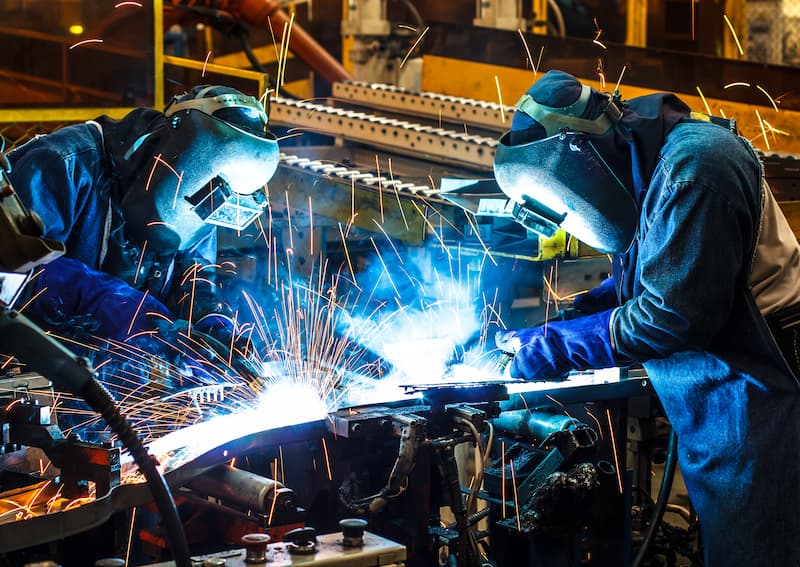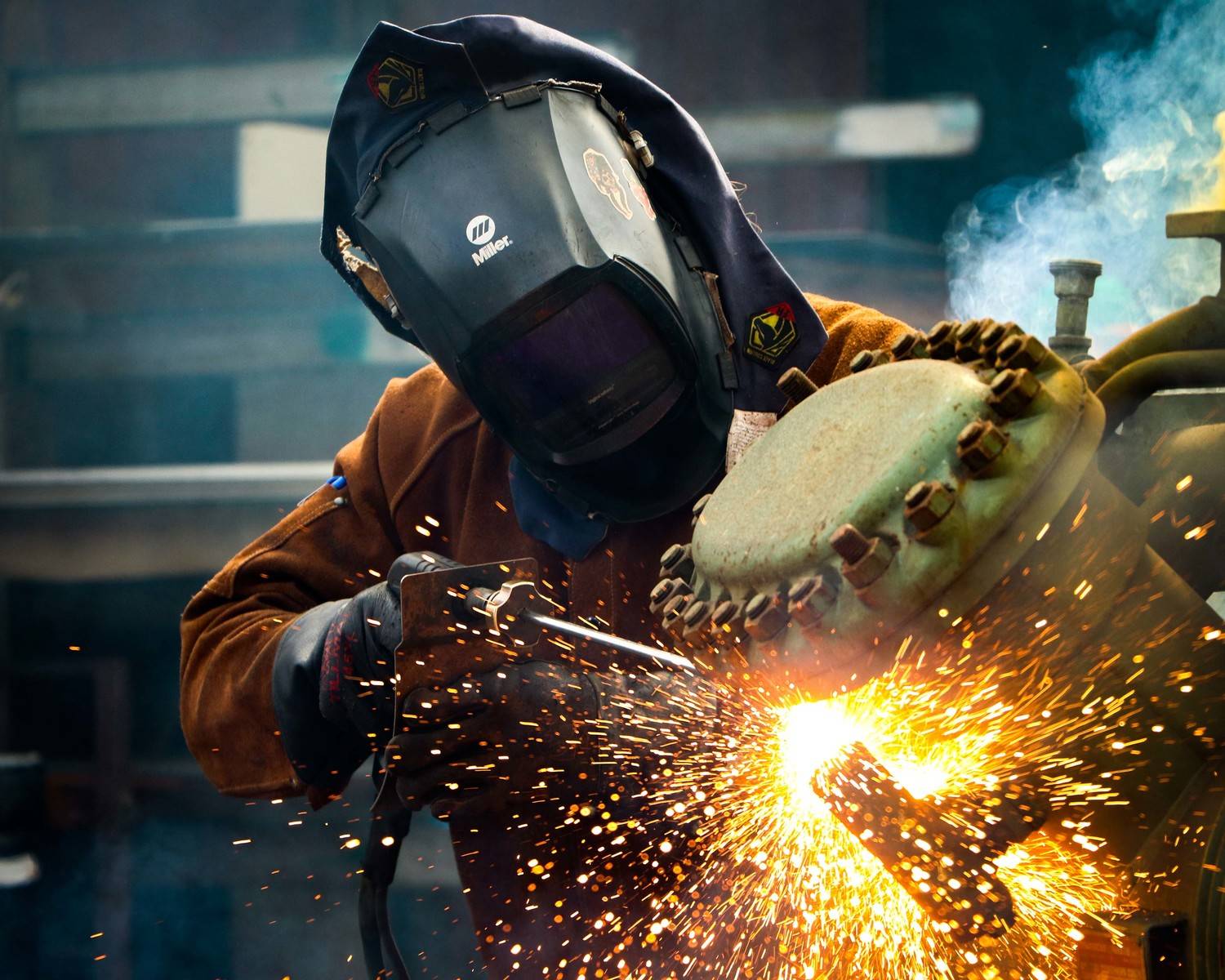The Value of Welding WPS: Guaranteeing Quality and Security in Your Projects
The Value of Welding WPS: Guaranteeing Quality and Security in Your Projects
Blog Article
The Ultimate Overview to Welding WPS Procedures: An Extensive Summary for Welders
In the elaborate globe of welding, Welding Procedure Requirements (WPS) work as the foundation of making sure top quality, uniformity, and safety and security in welding operations. Comprehending the nuances of developing, applying, and checking WPS procedures is crucial for welders looking to raise their craft and meet sector requirements. As we explore the various components of a WPS and check out the ins and outs of qualification and qualification, we will certainly uncover the essential role these treatments play in the world of welding. Let's start a trip to unwind the complexities and value of WPS treatments in welding techniques.
Significance of WPS Procedures
Recognizing the significance of Welding Procedure Specifications (WPS) treatments is crucial for ensuring the high quality and honesty of welded structures. WPS treatments offer as a roadmap for welders, describing the needed steps, specifications, and materials needed to attain an audio weld. By sticking to WPS standards, welders can ensure uniformity in their work, causing reliable and structurally sound welds.
One of the primary factors why WPS treatments are necessary is their role in maintaining weld top quality and stability. Complying with the specified welding specifications and strategies outlined in the WPS assists prevent issues such as porosity, fracturing, or incomplete combination, which can endanger the stamina and resilience of the weld.

Elements of a WPS
A Welding Procedure Spec (WPS) commonly makes up vital components that information the specific needs for implementing a weld, making sure uniformity and top quality in the welding process. The vital elements of a WPS consist of crucial variables such as base metals, filler metals, preheat and interpass temperatures, welding procedures, securing gases, welding settings, and post-weld heat therapy requirements.
Base steels refer to the materials being signed up with, while filler steels are made use of to fill up the void between the base metals throughout welding. Preheat and interpass temperature levels are vital for controlling the heat input and preventing issues like cracking or distortion. The welding procedure lays out the specific method to be made use of, whether it's gas steel arc welding (GMAW), protected steel arc welding (SMAW), or an additional technique. Shielding gases protect the weld swimming pool from atmospheric contamination. Welding positions define the orientations in which welding can be done. Post-weld warmth therapy might be required to relieve stresses and boost the weld's properties. A detailed understanding of these parts is important for creating a efficient and thorough WPS.

Qualification and Certification
Having actually established the important parts of a Welding Procedure Spec (WPS), the emphasis currently changes towards the important elements of certification and accreditation in welding techniques.

Qualification, on the other hand, is the formal recognition of a welder's certifications by an appropriate accreditation body or company. Welding qualifications are commonly based visit our website on the specific welding processes, products, and positions a welder is qualified to collaborate with. Holding a valid welding certification shows that a welder satisfies market standards and is qualified to carry out welding tasks to the needed specs.
Creating a WPS
To develop a Welding Treatment Specification (WPS) that fulfills market requirements, mindful consideration of welding procedures, materials, and functional criteria is crucial (welding WPS). The initial step look at these guys in developing a WPS is to determine the welding procedure to be used, such as gas metal arc welding (GMAW) or shielded steel arc welding (SMAW) When the welding procedure is identified, the following vital facet is picking the appropriate products, taking into consideration factors like base metal type, thickness, and joint style. Functional specifications such as welding existing, voltage, travel speed, and securing gas structure have to likewise be diligently specified in the WPS.

Implementing and Checking WPS
Upon completing the extensive Welding Procedure Specification (WPS) that diligently details welding procedures, materials, operational parameters, and high quality guarantee actions, the focus moves to effectively carrying out and keeping track of the recognized procedures. Application entails guaranteeing that all welders included in the job recognize with the WPS and follow it thoroughly during the welding procedure. This calls for supplying appropriate training and supervision to ensure adherence to the defined procedures. Keeping an eye on the WPS involves continuous oversight to confirm that welding activities straighten with the recorded requirements. Assessments, testing, and top quality control measures are important elements of the monitoring process to identify any type of concerns or discrepancies quickly. Regular audits and evaluations of the welding treatments help in preserving consistency and quality throughout the task. Efficient application and tracking of the WPS are vital for making sure the stability, stamina, and safety of the bonded joints, ultimately adding to the general success of the welding project.
Final Thought
Finally, understanding and complying with Welding Treatment Specs (WPS) is crucial for welders to make sure top quality, consistency, and safety and security in their work. By recognizing the parts of a WPS, getting proper certifications and certifications, creating in-depth procedures, and carrying out and checking them efficiently, welders can enhance their skills and efficiency in welding techniques. Sticking to WPS treatments is necessary for creating high-grade welds and meeting industry criteria.
In the complex world of welding, Welding Treatment Specifications (WPS) offer as the foundation of making sure top quality, consistency, and security in welding operations. The welding process outlines the specific strategy to be utilized, whether it's official source gas steel arc welding (GMAW), protected steel arc welding (SMAW), or one more method.To create a Welding Treatment Specification (WPS) that fulfills industry requirements, cautious consideration of welding processes, products, and operational parameters is necessary. The very first action in developing a WPS is to identify the welding process to be used, such as gas steel arc welding (GMAW) or protected steel arc welding (SMAW)Upon wrapping up the detailed Welding Treatment Spec (WPS) that carefully information welding processes, products, operational parameters, and quality assurance measures, the focus changes to successfully applying and keeping an eye on the recognized procedures.
Report this page